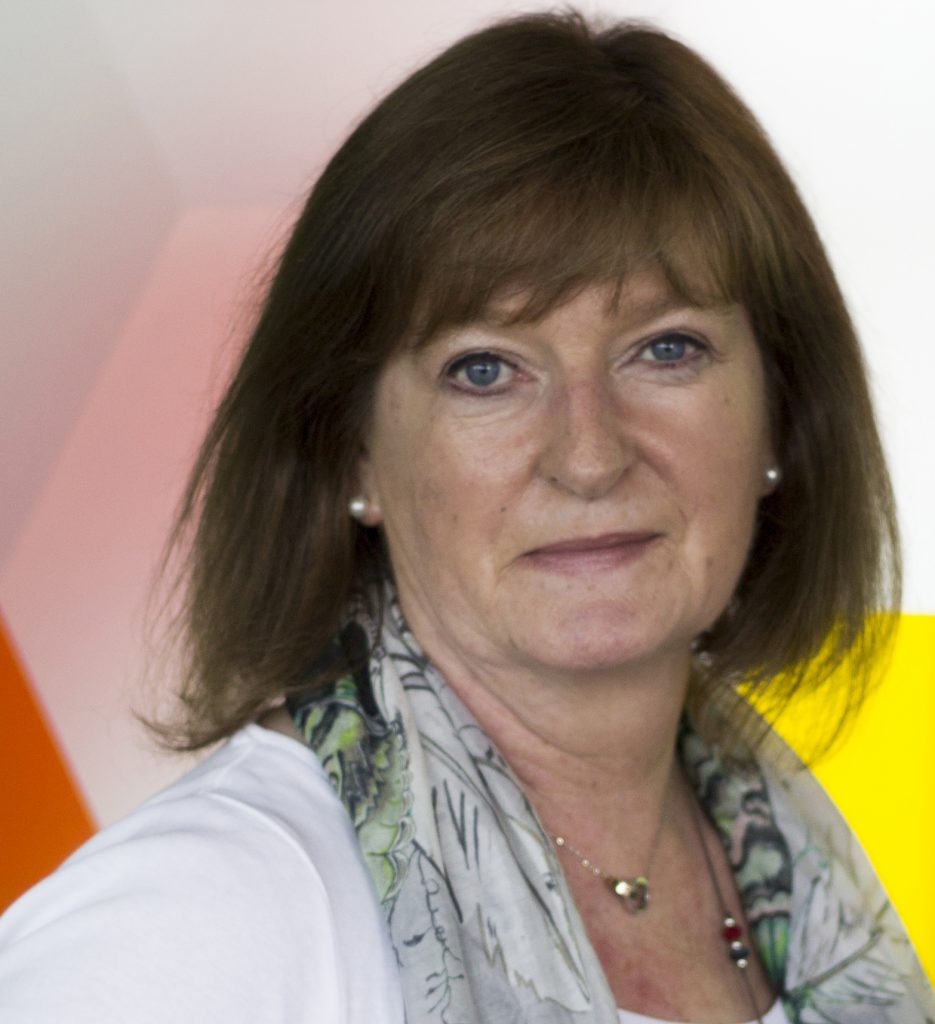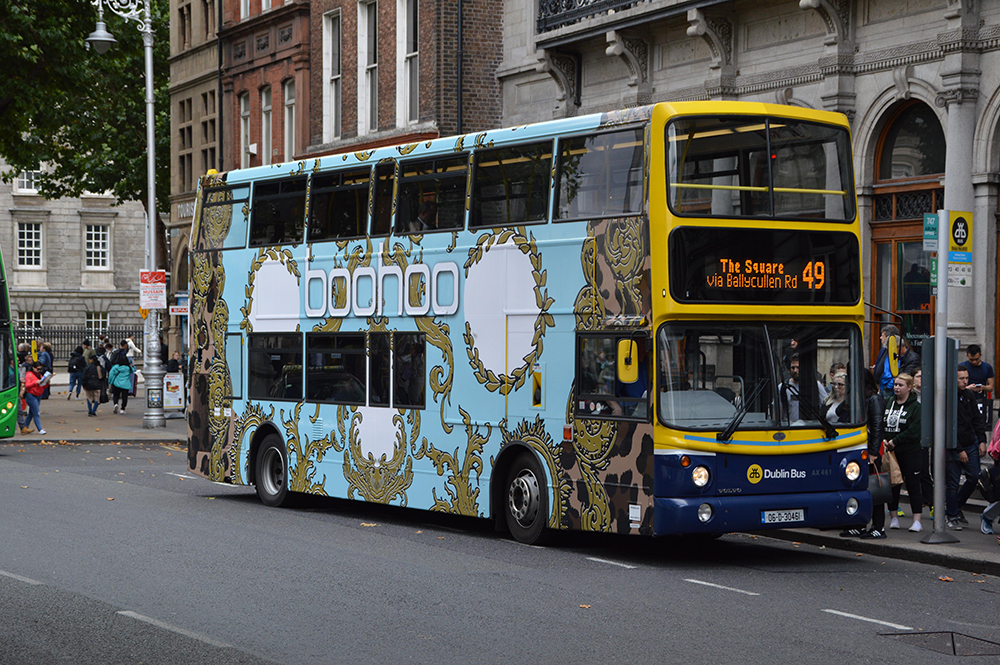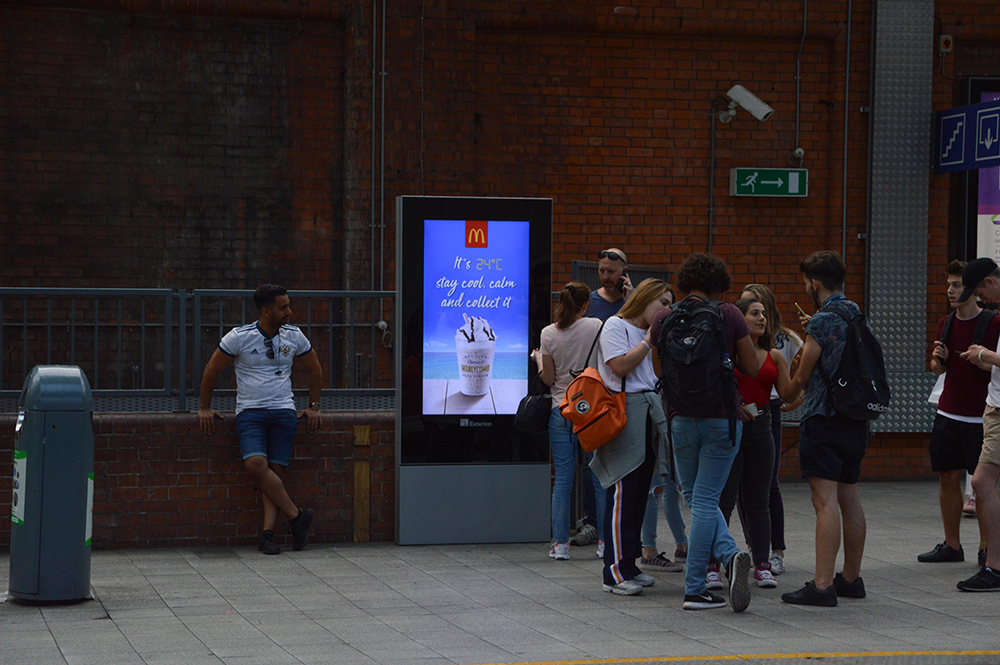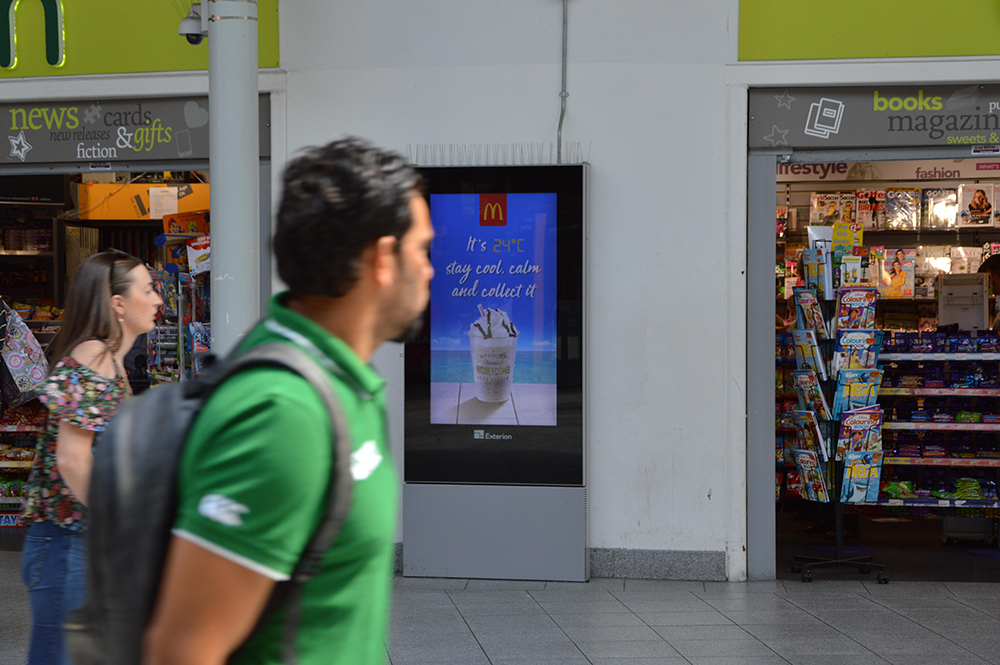 OOH has the ability deliver meaningful impact in a way that other media simply can’t, writes Antoinette O’Callaghan of Exterion Media.
OOH has the ability deliver meaningful impact in a way that other media simply can’t, writes Antoinette O’Callaghan of Exterion Media.
It’s getting harder and harder to make an impression in our “seen it, done it, so last year” society. We are falling down with TV channels, streaming services, Wi-Fi on demand and 24/7 connectivity. We consume more media than you can shake a stick at. So how do we cut through and impress in 2018? How do brands stand out from the crowd and claim their share of consumer’s hard-earned cash?
Driving brand recall and improving memorability is completely contingent on copy and content. In the media ecosystem, Out-of-Home delivers big, in your face, straight talking, confident, shout it from the roof-tops formats. When Out-of-Home advertising works best it has always been the result of single focussed ideas where less is actually more.
Out-of-Home has always been on the call sheet when it comes to making an impact and the evidence from planning and buying patterns over the last two years suggests that “impact sites” are high on the agenda on an Out-of-Home plan.
Digital technologies have let us improve efficiencies and effectiveness, incorporate data and integrate other platforms, especially mobile. And these technologies are now allowing brands to create impact with real time messaging and content. This summer McDonalds used temperature triggers to promote McCafe Iced, while Sure deployed a reactive campaign that broadcast updates during the GAA All Ireland finals. The impressive power of takeovers can be seen in Connolly Station where advertisers use the sequential and synchronised 12 screen gallery to enhance brand story telling.
Campaigns on the dX Network have been turning heads since the first screen was launched in Dundrum Town Centre last June. The internal screen, 60% bigger than a 48 sheet, is attracting advertisers across all brand groups.
There are categories where creating impact is particularly relevant and true. Take the fashion sector. Image, brand, reputation and influence are all key ingredients in the style world. So, when an online fashion brand wants to drive brand reputation and street catwalk cred what better way to create an impact than wrap your brand all over some Dublin Busses? Online-only fashion brands Pretty Little Things and BooHoo.com did just this in our summer to beat all summers. This was a bold and confident statement aimed at making a big impression on their hard to impress young audience and placed their branding right in the centre of our high street fashion districts.
Impact is not just about sheer size. As we go about our daily journeys we are focussed on our tasks and missions – commuting, shopping, and hanging out with our friends and families. Movement in our peripheral vision will attract our attention, part of a primeval instinct to assess perceived threats. So, it’s not surprising that as we walk or drive around our towns and cities, the unexpected sight of a moving double decker bus covered in Just Eat branding catches our attention. Similarly, the movement generated by animated and live action digital advertising, broadcast on very large LED HD screens, is not only unmissable but certainly delivers the WOW factor.
The salient nature of the “impact site” is playing an increasing role in brand communications. It lets brands power up their campaigns and gives a point of differentiation. It creates a sense of drama around a brand and improves stature and credibility. All mixed together this drives mass awareness and consideration, influencing choice and purchasing decision.
First published in Irish Marketing Journal (IMJ September 2018)© to order back issues please call 016611660
























